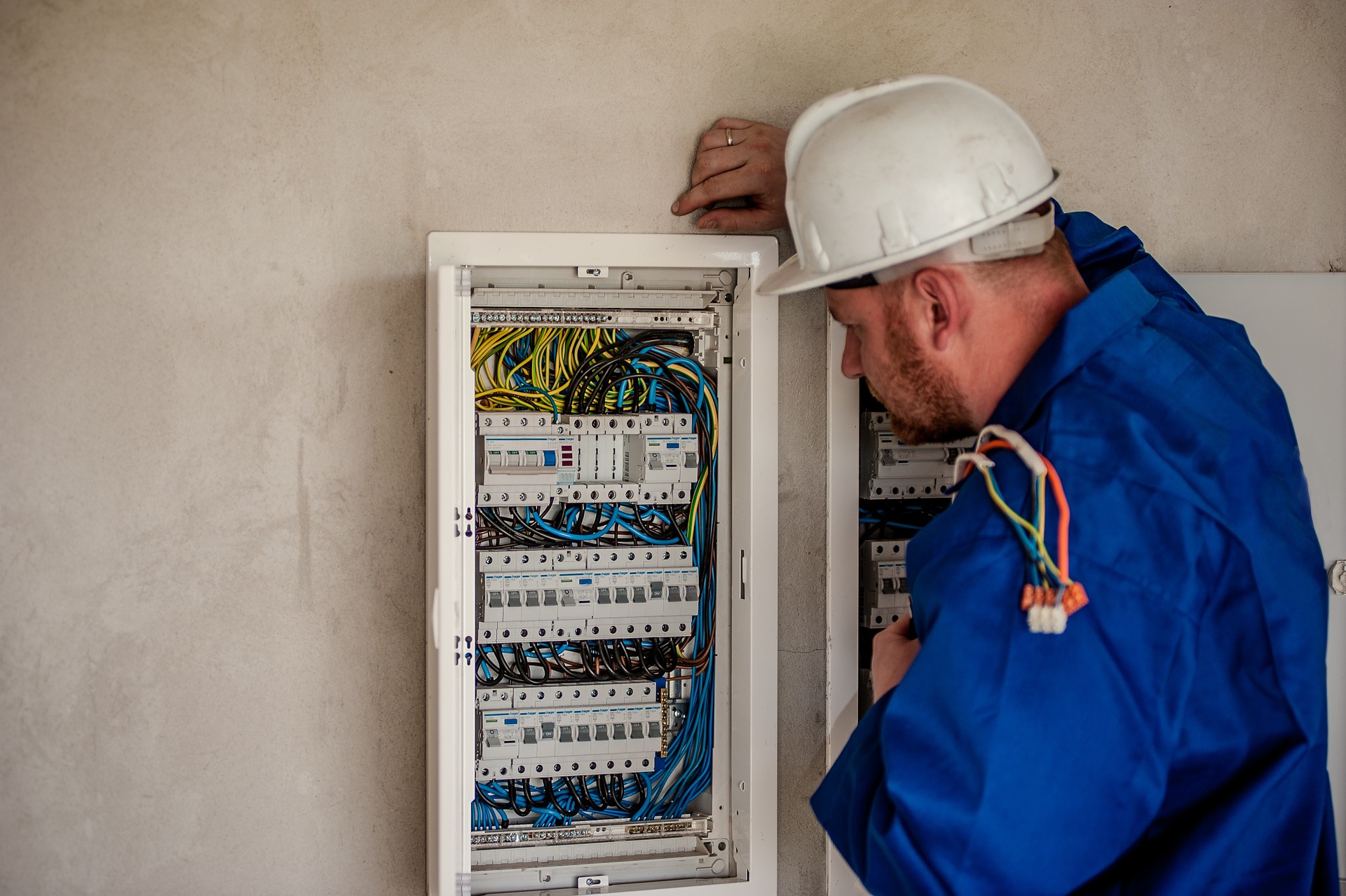Electrician Earnings in Germany and Australia: A 2025 Overview
The anticipated earnings for electricians in Germany in 2025 reflect a growing demand for skilled tradespeople. This overview highlights how much they can expect to earn while also considering the conditions affecting electricians in Australia. Key factors such as certification requirements, urban versus rural opportunities, and the evolving job market will play a significant role in shaping the landscape for electricians in both countries.

Understanding Electrician Earnings Trends in Germany for 2025
German electricians can expect competitive compensation packages that reflect the country’s strong industrial base and commitment to renewable energy infrastructure. Entry-level electricians typically earn between €28,000 and €35,000 annually, while experienced professionals command salaries ranging from €40,000 to €55,000 per year. Master electricians with their own businesses or those working in specialized sectors like industrial automation can earn upwards of €60,000 annually.
Regional variations significantly impact earning potential within Germany. Electricians working in Bavaria, Baden-Württemberg, and North Rhine-Westphalia generally receive higher compensation compared to those in eastern states. The ongoing Energiewende initiative has created additional opportunities in solar installation, wind energy maintenance, and electric vehicle charging infrastructure, often commanding premium rates for specialized skills.
Key Factors Influencing Salaries for Electricians in Australia
Australian electricians benefit from some of the world’s highest compensation rates for skilled trades. Qualified electricians earn between AUD 60,000 and AUD 85,000 annually, with experienced professionals potentially reaching AUD 100,000 or more. Factors influencing these earnings include location, specialization, and employment type.
Mining regions in Western Australia and Queensland offer the highest earning potential, with electricians working in remote locations earning substantial allowances and overtime rates. Urban centers like Sydney and Melbourne provide steady employment with competitive base salaries, while specialized areas such as instrumentation, high-voltage work, and renewable energy installations command premium rates. Self-employed electrical contractors often achieve higher annual earnings but must account for business expenses and irregular income patterns.
Training Opportunities in Major Cities for Aspiring Electricians
Major cities in both countries offer comprehensive training pathways for aspiring electricians. In Germany, the dual education system combines classroom learning with hands-on apprenticeships lasting 3.5 years. Cities like Berlin, Munich, Hamburg, and Frankfurt host numerous training institutions and companies offering apprenticeship positions. The German system emphasizes theoretical knowledge alongside practical skills, preparing electricians for complex industrial and commercial projects.
Australian training opportunities center around TAFE institutes and registered training organizations in major cities. Sydney, Melbourne, Brisbane, and Perth offer extensive electrical training programs ranging from Certificate III in Electrotechnology Electrician to advanced diploma courses. Australian apprenticeships typically span four years, combining structured learning with supervised work experience. Many training providers have partnerships with major electrical contractors, facilitating direct pathways to employment upon completion.
| Country | Entry Level (Annual) | Experienced (Annual) | Specialized/Master Level |
|---|---|---|---|
| Germany | €28,000 - €35,000 | €40,000 - €55,000 | €60,000+ |
| Australia | AUD 45,000 - AUD 60,000 | AUD 60,000 - AUD 85,000 | AUD 100,000+ |
| Germany (Hourly) | €14 - €17 | €20 - €27 | €30+ |
| Australia (Hourly) | AUD 22 - AUD 29 | AUD 29 - AUD 41 | AUD 48+ |
Prices, rates, or cost estimates mentioned in this article are based on the latest available information but may change over time. Independent research is advised before making financial decisions.
The electrical trade in both Germany and Australia continues evolving with technological advancements and environmental considerations. German electricians increasingly work with smart grid technologies, electric vehicle charging systems, and energy-efficient building systems. The country’s focus on reducing carbon emissions creates ongoing demand for electricians skilled in renewable energy technologies and energy management systems.
Australian electricians similarly benefit from the country’s transition toward renewable energy, with solar installations, battery storage systems, and electric vehicle infrastructure driving demand. The National Electrical and Communications Association reports continued growth in electrical work, particularly in residential solar installations and commercial energy efficiency projects.
Career progression opportunities exist in both countries through additional certifications, specialized training, and business ownership. German electricians can pursue Meister qualifications, enabling them to train apprentices and operate their own businesses. Australian electricians may obtain contractor licenses, allowing independent operation and potentially higher earnings through business ownership.
Both countries maintain strict licensing and safety requirements, ensuring high professional standards and protecting consumer interests. Regular continuing education requirements keep electricians current with technological advances, safety protocols, and regulatory changes. This professional development investment typically correlates with higher earning potential and career advancement opportunities.
The outlook for electrician earnings in both Germany and Australia remains positive, supported by ongoing infrastructure development, renewable energy transitions, and technological advancement. As smart home technologies, electric vehicles, and sustainable energy systems become more prevalent, skilled electricians who adapt to these emerging technologies can expect continued strong demand and competitive compensation packages.




